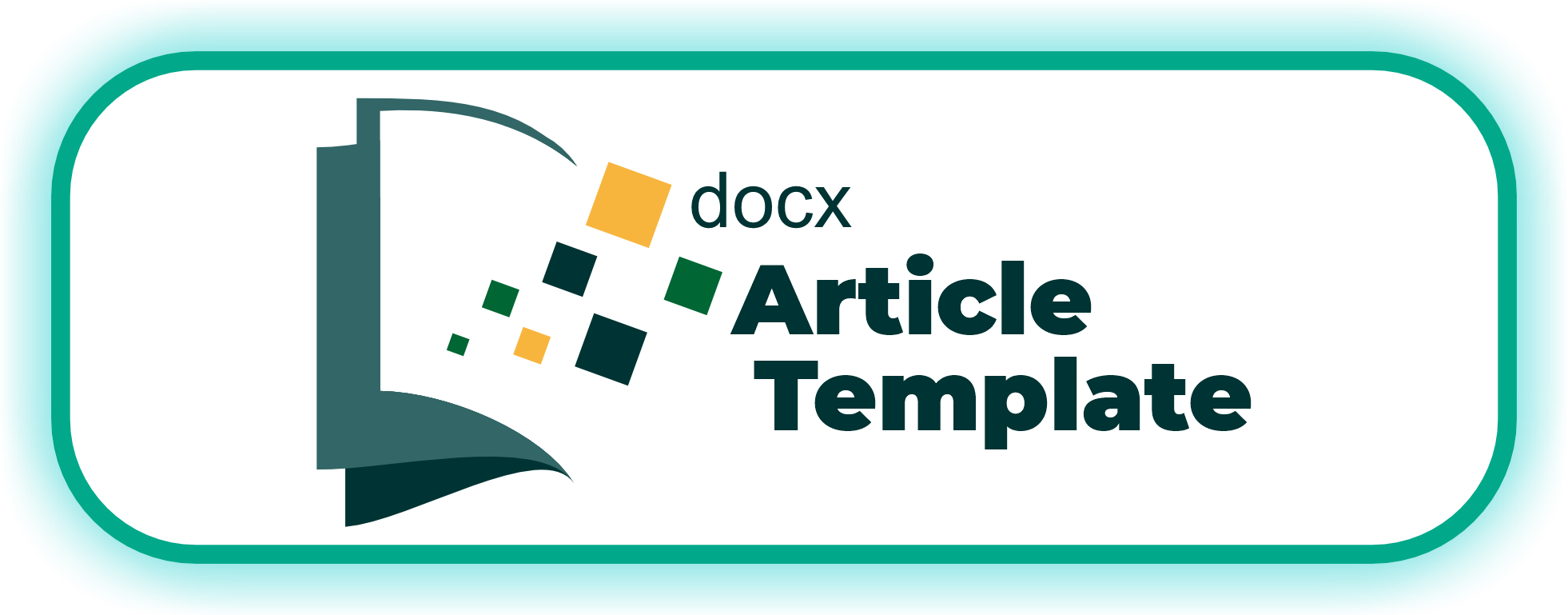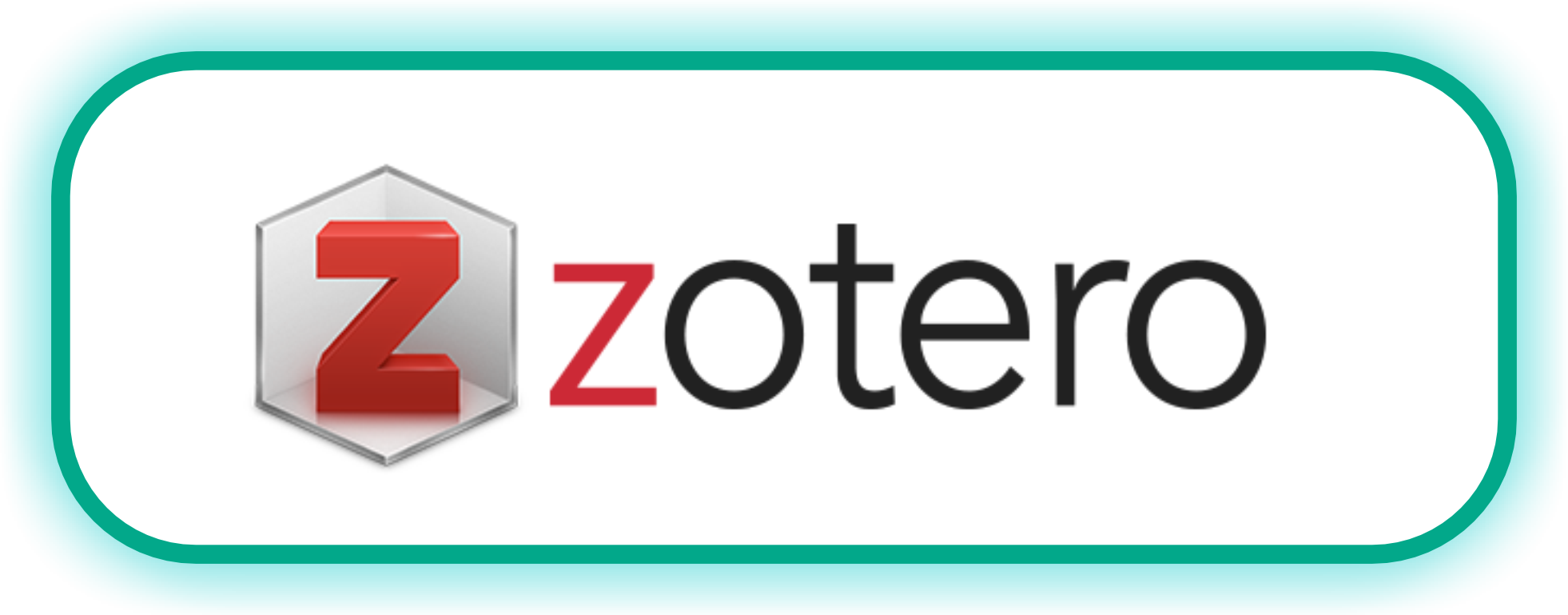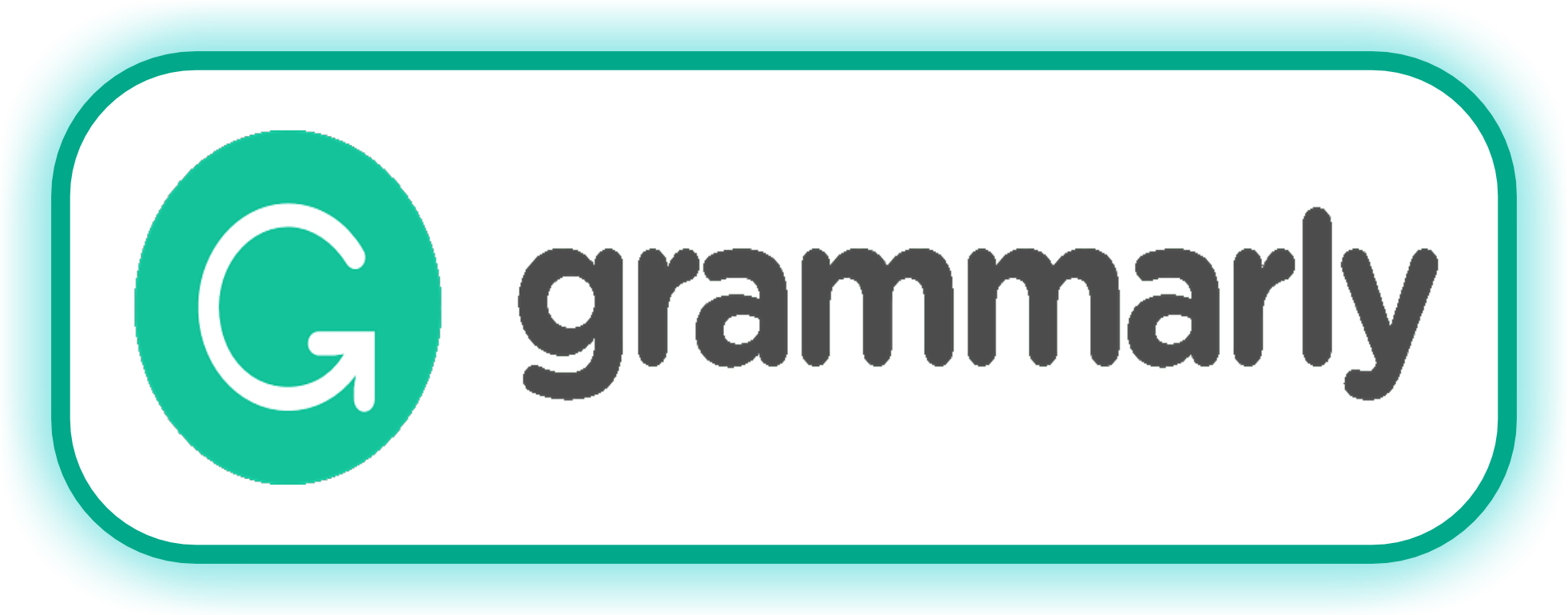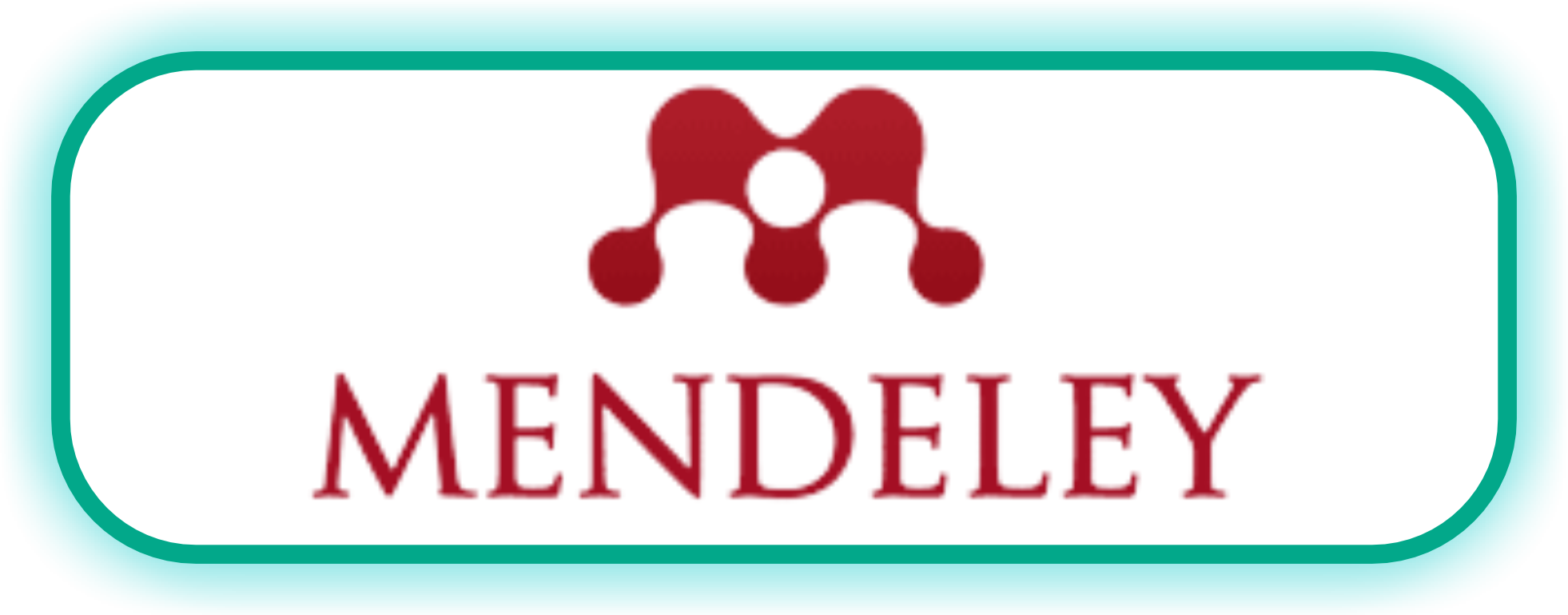EXTENSIVE READINGCLASS: APPROACH AND READING MATERIALS FORCOLLEGE STUDENTS
Sari
This article discusses aboutextensive reading material for students in university level,
the benefits of Extensive Reading for students, and Extensive Reading approach. It considers
the benefits extensive reading can bring to English language learners and teachers. In
classroom, students read long texts or large quantities for general understanding, with the
intention of enjoying the texts. In selecting reading material,teacher should pay attention
toreading material, students’ choice, reading out of class, silent reading, language level, use of
dictionaries, and teacher as a model. Students are allowed to choose the books or article they
read depending on their interests in class. In this way students are encouraged to read for
pleasure and should become better readers. It will also increase students’ reading fluency,
motivation and vocabulary.
Key words:extensive reading, benefit, approach, reading material, vocabulary
Teks Lengkap:
PDFReferensi
Day RR & J Bamford (1998) 'Extensive Reading in the Second Language Classroom'
Cambridge:CUP
Day, Richard, R. (2002) ‘Top Ten Principles for teaching extensive reading.’ Reading in a
Foreign Language. 14 (2)
Elley, W.B (1991) ‘Acquiring literacy in a second language: the effect of book-based
programmes.’ Language Learning. 41. 375-411
Hafiz, F.M and Tudor, I. (1989) ‘Extensive reading and the development of language
skills.’ ELT Journal 43 (1) 4-13
Hoey, Michael (1991) Patterns of Lexis in Texts. Oxford: Oxford University Press.
Hoey, Michael (2005) Lexical Priming. London: Routledge
Kroll, Barbara (ed) (2003) Exploring the Dynamics of Second Language Writing.: Chapter 10
Reading and Writing Relations. New York: Cambridge University Press.
Maley, Alan (2008) ‘Extensive Reading: Maid in Waiting’ in B. Tomlinson (ed) English
Language Learning Materials: a critical review. London/New York:
Continuum pp133-156.
Moses, Antoinette, (2004) Jojo’s Story. Cambridge: Cambridge University Press.
Pigada, Maria and Norbert Schmitt (2006) ‘Vocabulary acquisition for extensive
reading.’ Reading in a Foreign Language. 18 (1)
Prowse, P. (2002) ‘Top ten principles for teaching extensive reading: a response.’ Reading in
a Foreign Language. 14 (2)
Smaldino.S.E. 2008.Instructional Technology and Media for Learning. Japan: Pearson
Education
DOI: https://doi.org/10.33559/mi.v11i77.354
Article Metrics
Sari view : 149 timesPDF - 140 times
Refbacks
- Saat ini tidak ada refbacks.
##submission.copyrightStatement##
INDEXED BY :
Lembaga Penelitian & Pengabdian Masyarakat (LPPM). Universitas Muhammadiyah Sumatera Barat
Jl. Pasir Kandang No.4, Pasie Nan Tigo, Kec. Koto Tangah, Kota Padang, Sumatera Barat 25586.
Email : lppmumsb@gmail.com
 This work is licensed under a Creative Commons Attribution-ShareAlike 4.0 International License.
This work is licensed under a Creative Commons Attribution-ShareAlike 4.0 International License.
















